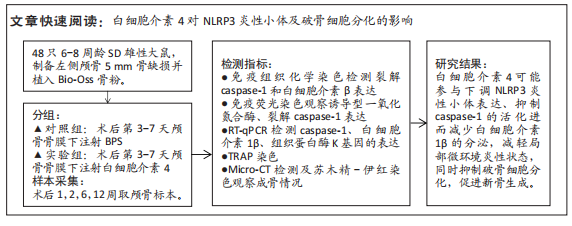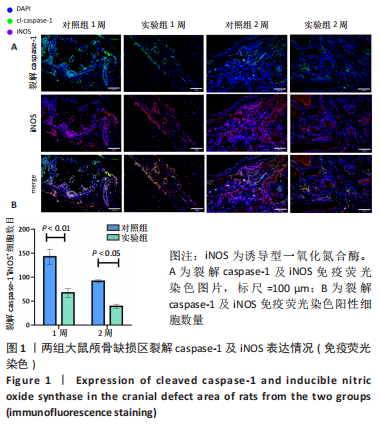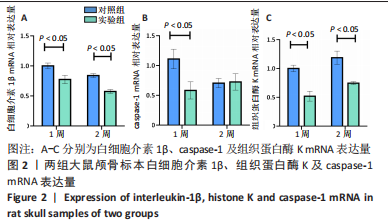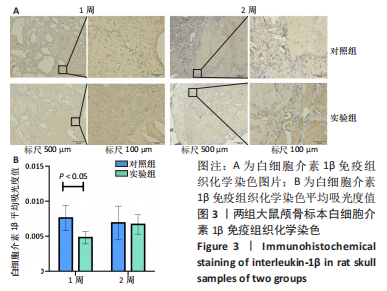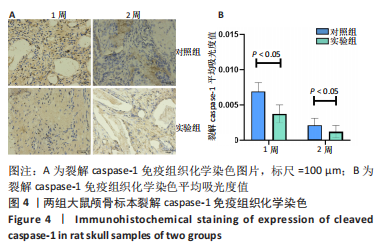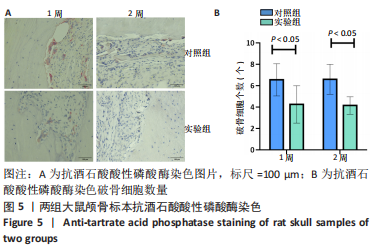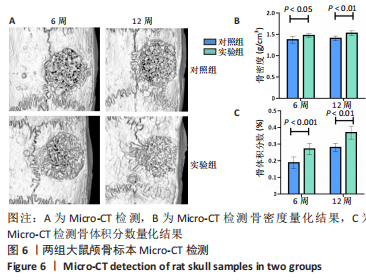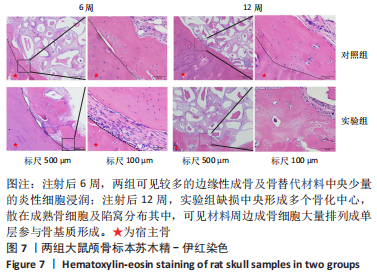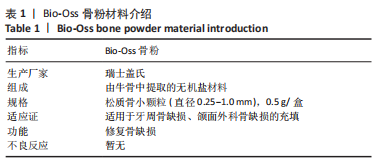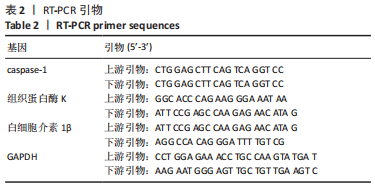[1] MADDALONE M, MIRABELLI L, VENINO PM, et al. Long-term stability of autologous bone graft of intraoral origin after lateral sinus floor elevation with simultaneous implant . Clin Implant Dent Relat Res. 2018;20(5):713-721.
[2] LA MONACA G, IEZZI G, CRISTALLI MP, et al. Comparative Histological and Histomorphometric Results of Six Biomaterials Used in Two-Stage Maxillary Sinus Augmentation Model after 6-Month Healing. Biomed Res Int. 2018;2018: 9430989.
[3] CORBELLA S, TASCHIERI S, DEL FABBRO M. Long-term outcomes for the treatment of atrophic posterior maxilla: a systematic review of literature. Clin Implant Dent Relat Res. 2015;17(1):120-132.
[4] TRINDADE R, ALBREKTSSON T, TENGVALL P, et al. Foreign Body Reaction to Biomaterials: On Mechanisms for Buildup and Breakdown of Osseointegration. Clin Implant Dent Relat Res. 2016;18(1):192-203.
[5] KLOPFLEISCH R, JUNG F. The pathology of the foreign body reaction against biomaterials. J Biomed Mater Res A. 2017;105(3):927-940.
[6] SHEIKH Z, BROOKS PJ, BARZILAY O, et al. Macrophages, Foreign Body Giant Cells and Their Response to Implantable Biomaterials. Materials (Basel). 2015; 8(9):5671-5701.
[7] BANDYOPADHYAY A, SHIVARAM A, TARAFDER S, et al. In Vivo Response of Laser Processed Porous Titanium Implants for Load-Bearing Implants. Ann Biomed Eng. 2017;45(1):249-260.
[8] KAMITAKAHARA M, TATSUKAWA E, SHIBATA Y, et al. Effect of silicate incorporation on in vivo responses of α-tricalcium phosphate ceramics. J Mater Sci Mater Med. 2016;27(5):97.
[9] FERNANDEZ-YAGUE MA, ABBAH SA, MCNAMARA L, et al. Biomimetic approaches in bone tissue engineering: Integrating biological and physicomechanical strategies. Adv Drug Deliv Rev. 2015;84:1-29.
[10] GRUBER R. Osteoimmunology: Inflammatory osteolysis and regeneration of the alveolar bone. J Clin Periodontol. 2019; 46 Suppl 21:52-69.
[11] ZHENG ZW, CHEN YH, WU DY, et al. Development of an Accurate and Proactive Immunomodulatory Strategy to Improve Bone Substitute Material-Mediated Osteogenesis and Angiogenesis. Theranostics. 2018; 8(19):5482-5500.
[12] VISHWAKARMA A, BHISE NS, EVANGELISTA MB, et al. Engineering Immunomodulatory Biomaterials To Tune the Inflammatory Response. Trends Biotechnol. 2016;34(6):470-482.
[13] MURRAY PJ. Macrophage Polarization. Annu Rev Physiol. 2017;79:541-566.
[14] YUNNA C, MENGRU H, LEI W, et al. Macrophage M1/M2 polarization. Eur J Pharmacol.2020. 877:173090.
[15] 黎良盛,翁一杰,魏劲松.NLRP3炎性小体在骨质疏松中的研究进展[J].海南医学,2022,33(15):2012-2016.
[16] KESAVARDHANA S, KANNEGANTI T D. Mechanisms governing inflammasome activation, assembly and pyroptosis induction. Int Immunol. 2017;29(5):201-210.
[17] YOUM YH, GRANT RW, MCCABE LR, et al. Canonical Nlrp3 inflammasome links systemic low-grade inflammation to functional decline in aging. Cell Metab. 2013;18(4):519-532.
[18] ROCHA FRG, DELITTO AE, DE SOUZA JAC, et al. Relevance of Caspase-1 and Nlrp3 Inflammasome on Inflammatory Bone Resorption in A Murine Model of Periodontitis. Sci Rep. 2020;10(1):7823.
[19] CHEN Y, YANG Q, LV C, et al. NLRP3 regulates alveolar bone loss in ligature-induced periodontitis by promoting osteoclastic differentiation. Cell Prolif. 2021;54(2):e12973.
[20] WANG Y, QI H, MIRON RJ, et al. Modulating macrophage polarization on titanium implant surface by poly(dopamine)-assisted immobilization of IL4. Clin Implant Dent Relat Res. 2019;21(5):977-986.
[21] KOHNO Y, LIN T, PAJARINEN J, et al. Treating Titanium Particle-Induced Inflammation with Genetically Modified NF-κB Sensing IL-4 Secreting or Preconditioned Mesenchymal Stem Cells in Vitro. ACS Biomater Sci Eng. 2019; 5(6):3032-3038.
[22] BOSCH C, MELSEN B, VARGERVIK K. Importance of the critical-size bone defect in testing bone-regenerating materials. J Craniofac Surg, 1998; 9(4):310-316.
[23] VAJGEL A, MARDAS N, FARIAS BC, et al. A systematic review on the critical size defect model. Clin Oral Implants Res. 2014;25(8):879-893.
[24] EE JWY, BANCE ML. Physiology of Osseointegration. Otolaryngol Clin North Am. 2019;52(2):231-242.
[25] MARTINEZ F, GORDON S. The M1 and M2 paradigm of macrophage activation: time for reassessment. F1000Prime Rep. 2014;6:13.
[26] SICA A, MANTOVANI A. Macrophage plasticity and polarization: in vivo veritas. J Clin Invest. 2012;122(3):787-795.
[27] IVASHKIV LB. Epigenetic regulation of macrophage polarization and function. Trends Immunol. 2013;34(5):216-223.
[28] KAO WJ, MCNALLY AK, HILTNER A, et al. Role for interleukin-4 in foreign-body giant cell formation on a poly(etherurethane urea) in vivo. J Biomed Mater Res. 1995;29(10):1267-1275.
[29] MARIANI E, LISIGNOLI G, BORZì RM, et al. Biomaterials: Foreign Bodies or Tuners for the Immune Response? Int J Mol Sci. 2019;20(3):636.
[30] 赵月鑫,陈滨.巨噬细胞极化在骨组织工程免疫研究中的进展[J].中国组织工程研究,2022,26(13):2120-2126.
[31] ZHAO DW, ZUO KQ, WANG K, et al. Interleukin-4 assisted calcium-strontium-zinc-phosphate coating induces controllable macrophage polarization and promotes osseointegration on titanium implant. Mater Sci Eng C Mater Biol Appl. 2021;118:111512.
[32] MARSELL R, EINHORN TA. The biology of fracture healing. Injury. 2011;42(6):551-555.
[33] BANK RA, ZANDSTRA J, ROOM H, et al. Biomaterial Encapsulation Is Enhanced in the Early Stages of the Foreign Body Reaction During Conditional Macrophage Depletion in Transgenic Macrophage Fas-Induced Apoptosis Mice. Tissue Eng Part A. 2017;23(19-20):1078-1087.
[34] LIN T, PAJARINEN J, KOHNO Y, et al. Transplanted interleukin-4--secreting mesenchymal stromal cells show extended survival and increased bone mineral density in the murine femur. Cytotherapy. 2018;20(8):1028-1036.
[35] LIU J, CAO X. Cellular and molecular regulation of innate . Cell Mol Immunol. 2016;13(6):711-721.
[36] 李骁,唐正龙,田艾.免疫调节在骨组织愈合中的研究[J].重庆医学,2021, 50(18):3225-3229.
[37] HANEKLAUS M, O’NEILL LA. NLRP3 at the interface of metabolism and inflammation. Immunol Rev. 2015;265(1):53-62.
[38] MURAKAMI T, NAKAMINAMI Y, TAKAHATA Y, et al. Activation and Function of NLRP3 Inflammasome in Bone and Joint-Related Diseases. Int J Mol Sci. 2022; 23(10):5365.
[39] ZHANG J, LIU X, WAN C, et al. NLRP3 inflammasome mediates M1 macrophage polarization and IL-1β production in inflammatory root resorption. J Clin Periodontol. 2020;47(4):451-460.
[40] LU J, XIE S, DENG Y, et al. Blocking the NLRP3 inflammasome reduces osteogenic calcification and M1 macrophage polarization in a mouse model of calcified aortic valve stenosis. Atherosclerosis. 2022;347:28-38.
[41] ZANG Y, SONG JH, OH SH, et al. Targeting NLRP3 Inflammasome Reduces Age-Related Experimental Alveolar Bone Loss. J Dent Res. 2020;99(11):1287-1295.
[42] ZHANG Q, YU W, LEE S, et al. Bisphosphonate Induces Osteonecrosis of the Jaw in Diabetic Mice via NLRP3/Caspase-1-Dependent IL-1β Mechanism. J Bone Miner Res. 2015;30(12):2300-2312.
[43] HACHIM D, LOPRESTI ST, YATES CC, et al. Shifts in macrophage phenotype at the biomaterial interface via IL-4 eluting coatings are associated with improved implant integration. Biomaterials. 2017;112:95-107. |
